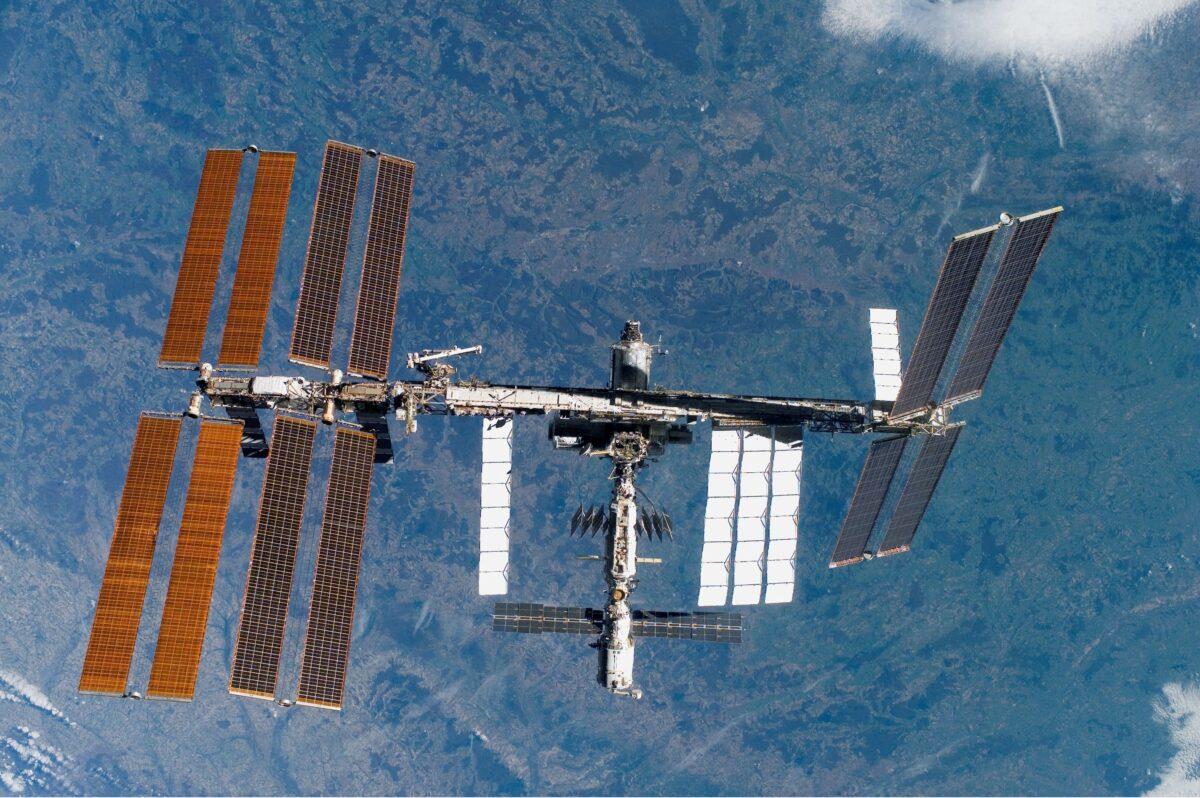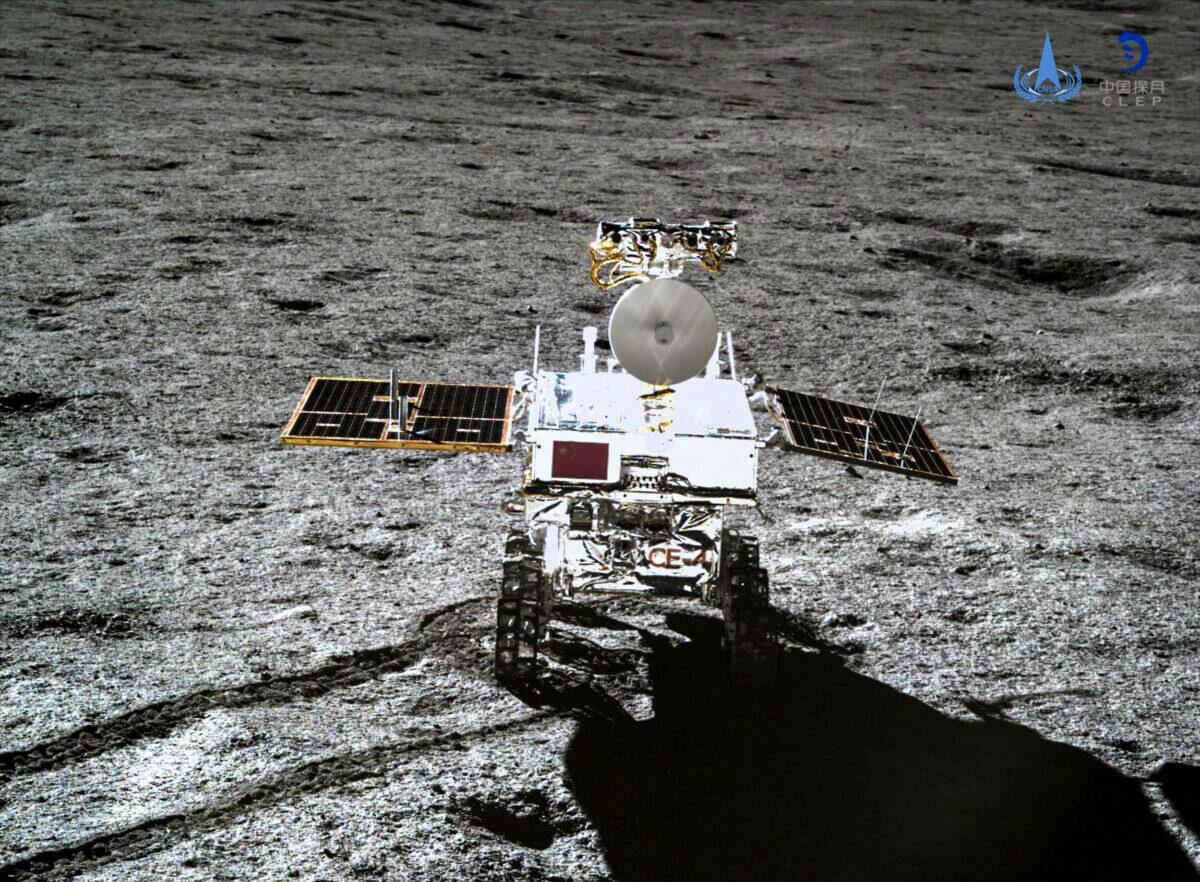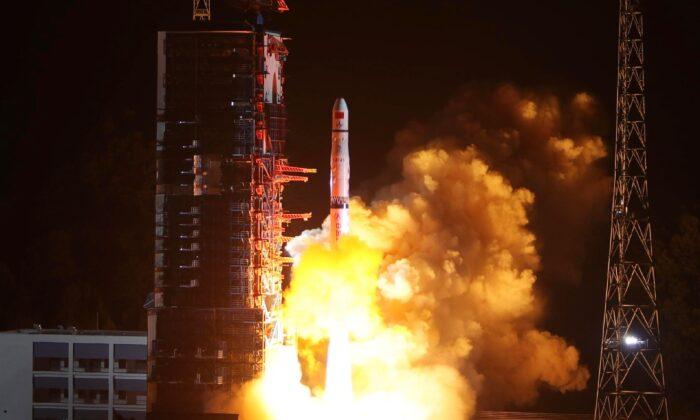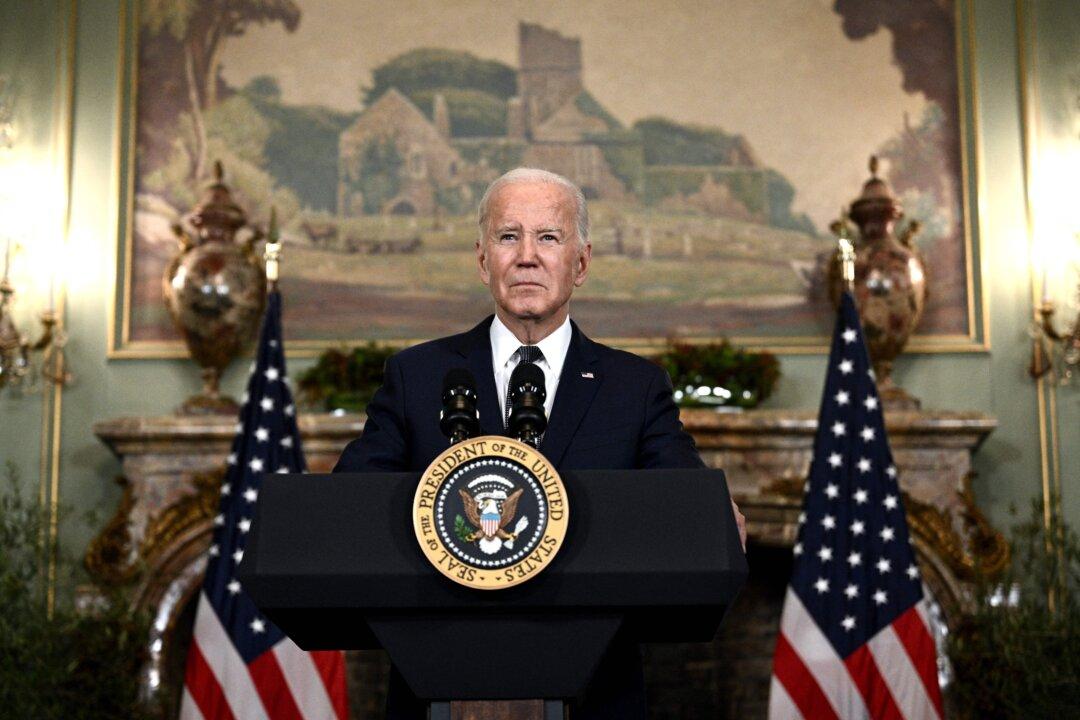Commentary
The space race between the United States and China is not like the movies but is extremely important.
“You could have a Chinese company on the moon in the 2030s claiming territory with a resource on it in the same way the Chinese have claimed the entire South China Sea,” warned Malcolm Davis, a space policy researcher at the Australian Strategic Policy Institute, in a report released on May 17.
In “Star Wars,” “Star Trek,” “Buck Rogers,” “Flash Gordon,” and other science-fiction movies, space weapons are laser cannons, ion guns, blasters, and phasers that shoot impressive rays of light energy and blow up whatever they hit.
However, the reality of space wars is “low-moving rendezvous robot satellites, ground-based electronic jammers, and cyber weapons and lasers designed to disable satellites without producing space debris,” according to a January 2022 report by the Bulletin of Atomic Scientists.
Unlike the movies, much of the threat in space will come from the ground through terrestrial control centers issuing orders to space-based assets. It will probably not entail battles between government spacecraft, but utility hardware, owned and operated by private companies with peaceful missions. A debris-clearing satellite, the property of a company in Palo Alto or Shenzhen, might be commanded from Earth to damage, defuel, or disrupt the trajectory or operation of a satellite from another country. Rather than firing an ion cannon, a Chinese space asset could disable a U.S. or Japanese satellite, making it difficult for allied militaries on Earth to navigate or fire effectively. And the defense against these attacks would be to use “bodyguard” satellites to push the offenders away gently.

On May 30, two NASA astronauts were launched into space under the agency’s Commercial Crew Program, marking the return to a time when the United States transported its people into space without depending on foreign countries like Russia. U.S. private firms can now carry out launches to low-Earth orbits at competitive prices. Consequently, in addition to no longer being dependent on foreign countries for space assistance, NASA can now focus on its longer-term goal of launching Americans into deeper space.
In 2020, China’s Chang’e-5 moon mission discovered a new variant mineral now called Changesite-(Y). The crystal containing helium-3 could prove incredibly valuable as it may offer a new energy source. Scientists believe that the tiny crystals may be able to power nuclear reactors and are abundant on the moon. To put the power of helium-3 in perspective, about three tablespoons of helium-3 could replace 5,000 tons of coal.
Consequently, the Chinese Communist Party (CCP) announced plans for three more moon missions over the next 10 years and the construction of a permanent lunar base.
The Chinese space agency frequently captures headlines heralding China’s achievements in space. Apart from Chang’e-5 landing on the moon, China managed to land a rover called Zhurong on Mars in 2021. However, China is slow in the space race. The United States sent its first uncrewed mission to the moon in 1962, followed by a human-crewed mission in 1969. Chinese unmanned craft reached Mars in 2020, a feat NASA had achieved with Mariner 4 in 1964, while the first U.S. craft to land on Mars was Viking 1 in 1975. Currently, with 2,944 satellites, the United States has nearly six times as many satellites orbiting the Earth as China with 499.

Many of the media stories released by the CCP tout grand plans for Chinese landers, space launchers, a moon base, and manned missions to the moon and Mars. So far, these are just aspirations for the CCP. Aside from the fact that the United States will be returning to the moon with a manned mission in 2024 or 2025 through the Artemis program, the United States intends to have a continual presence on the moon by 2028.
Additionally, the United States has blocked China’s participation in the International Space Station. A 2011 U.S. law also prohibits NASA from partnering with China. The United States wants to establish a NATO-like organization to regulate the use of space and space assets. At the same time, U.S. officials have outlined the Artemis Accord, an expansion of the 1967 Outer Space Treaty. So far, neither Russia nor China have been willing to sign the accord, although Japan, South Korea, Australia, the United Kingdom, Saudi Arabia, and several other nations have.
Even though the United States is far ahead on some scorecards, China already possesses the capacity to wage a space war. Satellites in space could be used to surveil military hardware on the ground, at sea, or even detect submarines in the ocean. Space assets could also help Beijing coordinate missile attacks on Earth.
Chinese militarization of space is consistent with the CCP’s 2019 white paper on the expanding space role of the People’s Liberation Army. Apart from the revenue that the CCP could earn from mining the moon, one of the primary uses of Chinese space weapons could be to aid China’s navy in taking control of the South China Sea or invading Taiwan.
Views expressed in this article are opinions of the author and do not necessarily reflect the views of The Epoch Times.






Friends Read Free